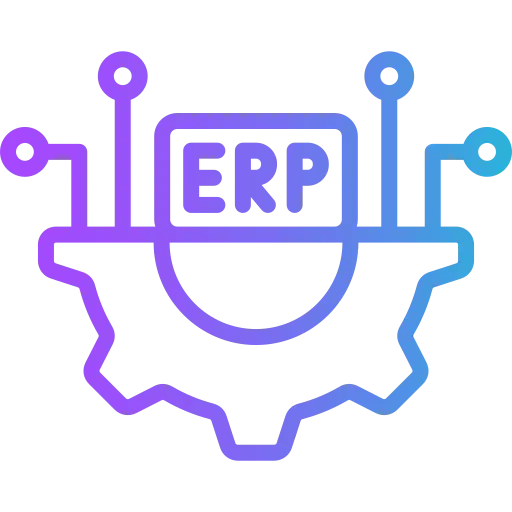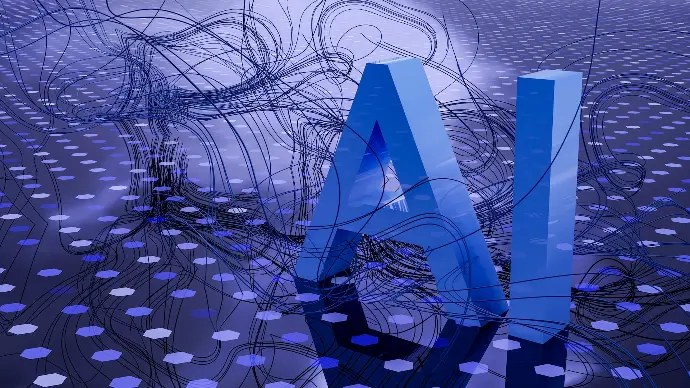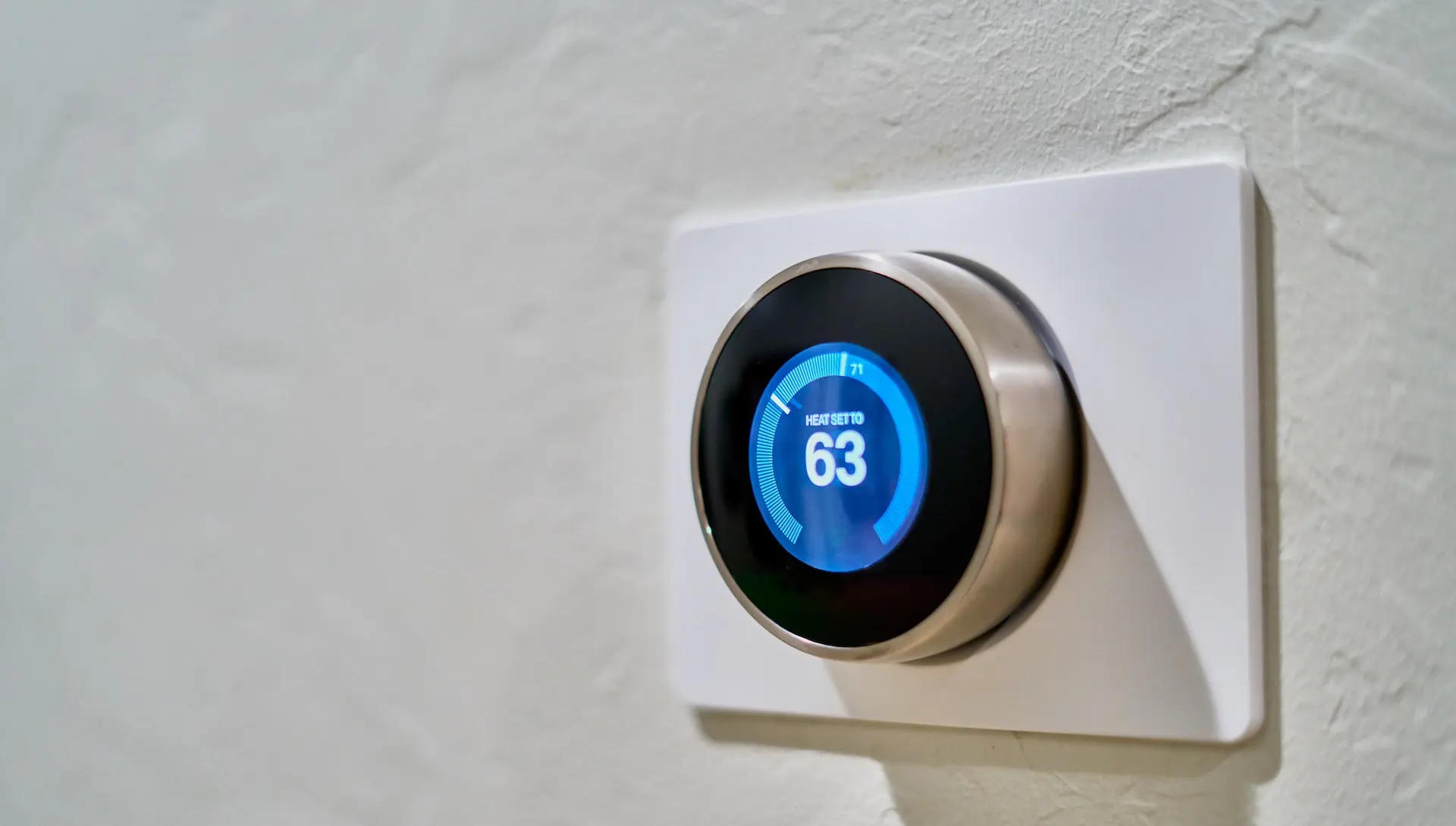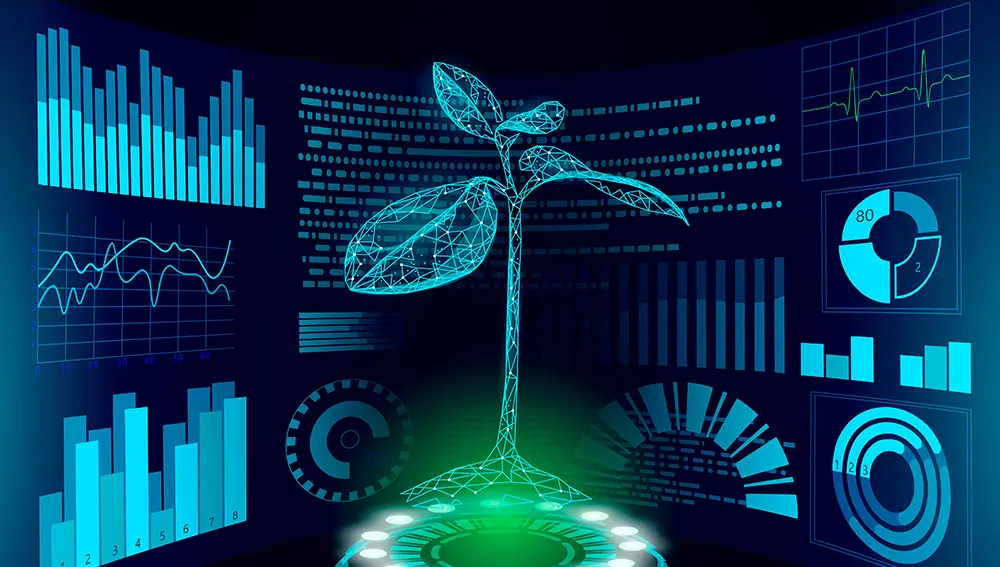When technologie meet nature

Problem Statement
The agricultural sector faces numerous challenges that have far-reaching implications for global food security, economic stability, and environmental sustainability.

AIOTEC's Solution
AIOTEC offers a comprehensive suite of solutions designed to address the various challenges faced by agricultural companies. These solutions cover crop management, irrigation optimization, energy management, crop safety and quality, supply chain monitoring, and a dedicated ERP department.
Smart agriculture technology
Smart agriculture, facilitated by advanced technologies and data-driven solutions, offers a range of utilities that contribute to increased efficiency, sustainability, and productivity in farming. Here are some key utilities of smart agriculture:

Smart Irrigation
Water Conservation: Automated irrigation systems, guided by real-time data and weather forecasts, help optimize water usage. This not only conserves water but also ensures that crops receive the right amount of irrigation, promoting healthier growth.

Farm Management Software
Centralized Control: Farm management software centralizes various aspects of agricultural operations, including planning, production, and financial management. This streamlines administrative tasks, providing farmers with a comprehensive tool to manage their entire operation more efficiently.

Crop Management
Anomaly Detection: Smart agriculture utilizes technologies like machine learning to identify anomalies in crop conditions, detecting diseases, pests, or other issues early on. This allows for prompt intervention, reducing crop loss and improving overall yield.
How do AIOTEC technologies work?

AI (Artificial Intelligence)
AI algorithms are used to process the vast amount of data collected from various sources, such as sensors, drones, and cameras. These algorithms can detect patterns, trends, and anomalies within the data, helping farmers identify potential issues, optimize resource usage, and make better-informed decisions. AI can be used for tasks such as yield prediction, disease and stress detection, irrigation optimization, and harvest planning.

IoT(internet of Things)
IoT refers to the network of interconnected devices, such as sensors, actuators, and drones, that collect and transmit real-time data. These devices can monitor various parameters, such as soil moisture, air temperature, humidity, and plant nutrient levels. IoT enables farmers to have constant access to critical information about their crops and fields, allowing for proactive and data- driven decision-making.

Digital Twin
A Digital Twin is a virtual replica of a physical asset or process, in this case, an agricultural field or farm. It integrates real-time data from IoT devices and AI algorithms to simulate and analyze different scenarios. This helps farmers visualize the potential outcomes of various decisions and choose the best course of action. Digital Twin technology can assist in soil management, crop rotation planning, and resource optimization.